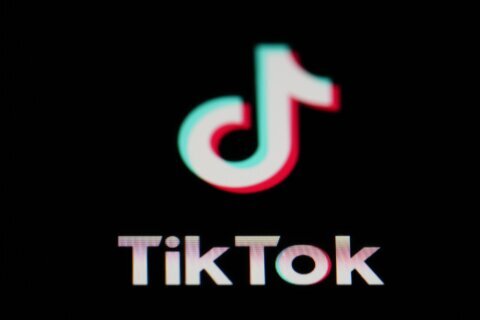Defaulting on a federal student loan can be an extremely stressful situation. It can have a significantly negative effect on your credit report and can result in high collection costs. Given these things, it’s understandable that borrowers would want to get their loans out of default as soon as possible.
Fortunately, if you have defaulted on a federal student loan, there are options to get it out of default and back into good standing. Before moving forward, however, you should think carefully about your long-term ability to repay the loan.
Borrowers can rehabilitate a defaulted federal student loan only once, and rehabilitation can sometimes leave the borrower in an unsustainable situation. Read on to find out why that can happen and when you might think twice about rehabilitating a defaulted loan.
Getting Out of Default Using Rehabilitation
Rehabilitation is one of three options available for federal student loan borrowers in default to get their loans back into good standing with the U.S. Department of Education. In this process, defaulted borrowers make nine on-time payments within 10 consecutive months in an amount agreed to by both the borrower and the loan holder, which will be either a collection agency or a guaranty agency for the defaulted loan.
[READ: How to Use Student Loan Rehabilitation to Recover From Default]
Once the borrower has made the agreed-upon payments, the student loan is transferred back to a student loan servicer. At this point, the loan once again becomes eligible for borrower benefits like income-driven repayment plans, deferments and loan forgiveness under the Public Service Loan Forgiveness program.
Once rehabilitation is complete, the default is removed from the borrower’s credit report and collection costs are greatly reduced. Wage garnishment and tax refund seizure are also stopped if they were taking place.
Taking Action During the COVID-19 Forbearance Period
To help federal student loan borrowers amid the COVID-19 pandemic, the Department of Education placed most federal direct loans and other federally held student loans into an administrative forbearance starting in March 2020. During this forbearance period, which will expire on Jan. 31, 2022, no interest accrues on qualifying loans and collections activity on defaulted loans is paused.
For many borrowers with loans in default, this administrative forbearance period may provide an opportunity to get a head start on rehabilitating those loans. If you have defaulted on your student loans and enter into a rehabilitation agreement during the payment suspension, the suspended payments count toward the nine payments required for loan rehabilitation.
[Read: Update on Coronavirus Relief for Student Loan Borrowers.]
Your balance will not be reduced and you will have to complete any remaining payments after the payment pause ends, but this opportunity may make now a good time to get started if rehabilitation is right for you.
Is Getting Student Loans Out of Default Right for You?
While there are benefits to getting student loans out of default, borrowers should think carefully about when the time is right to do so. Unfortunately, it is common for borrowers who rehabilitate loans to default again within a year or two.
As previously mentioned, borrowers can rehabilitate a defaulted federal student loan only once, so it is critical to ensure your long-term ability to successfully repay that loan before starting the process. Not only that, if you default again, collection costs are charged again, which can result in astronomical increases to the loan balance.
Consider that once your loan is rehabilitated, your monthly payments will likely be more than your payments during the rehabilitation process. That’s because during rehabilitation , loan holders are allowed to calculate lower payments for borrowers at their request based on expenses like housing, food and clothing.
[Read: Understanding the Types of Federal Student Loans Available.]
However, once a borrower’s once-defaulted loan is back in good standing, there are no repayment plans that take all of your expenses into account when determining monthly payment amount. Under some repayment plans for federal student loans, discretionary income and family size are considered, but not all expenses, which means your monthly payment would likely be higher.
You can use the Department of Education’s Loan Simulator to assess what the monthly payment on your rehabilitated loan would be.
If you explore getting a federal student loan out of default and there is not a monthly payment that fits within your budget, you might consider simply paying what you can to the loan holder or collection agency every month until your situation changes and you are confident that you can afford monthly payments if you get the loan out of default.
More from U.S. News
What to Know About Federal Student Loan Repayment Options
15 Famous People Who Have or Had Student Loans
What to Know About Student Loan Consolidation for Coronavirus Relief
When Getting Your Student Loans Out of Default Is a Bad Idea originally appeared on usnews.com







